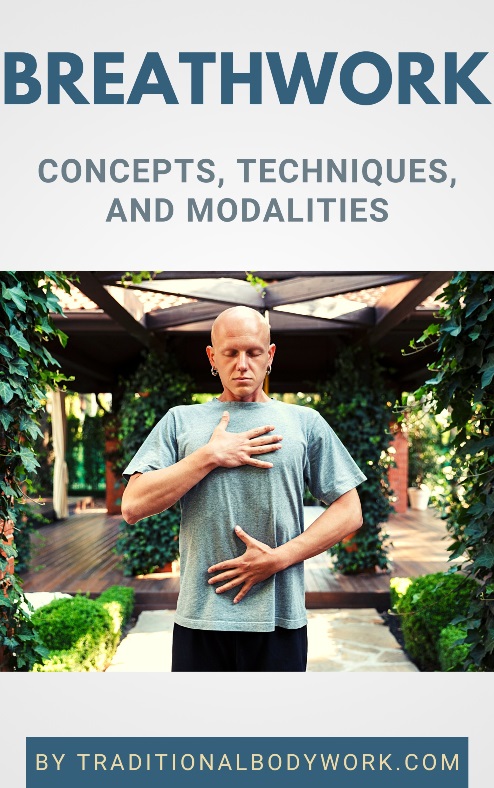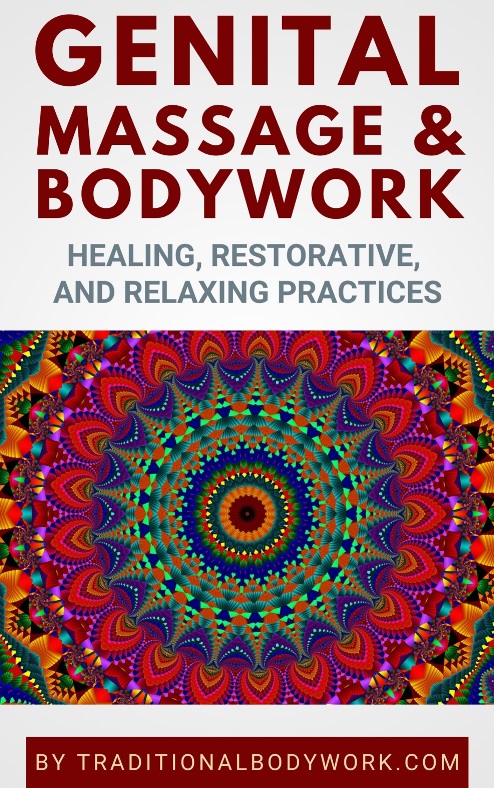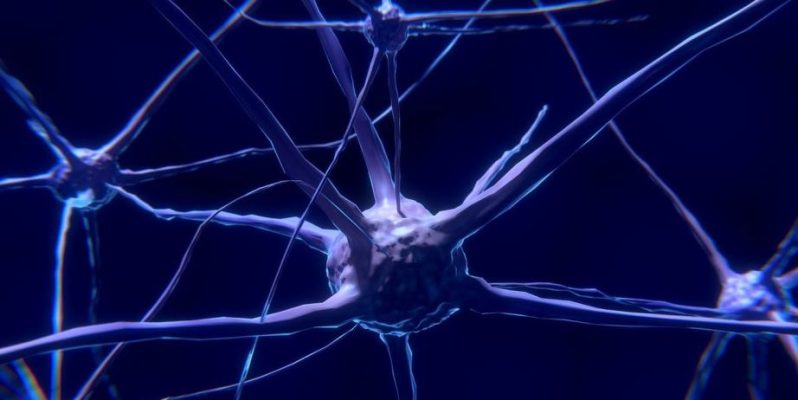
Accidents, whether minor or severe, can leave lasting imprints on both the body and mind. The physical injuries may heal with time. However, the emotional and psychological effects of trauma often linger, disrupting a person’s sense of safety and well-being.
Traditional approaches to trauma therapy tend to focus primarily on the mind. But somatic experiencing offers a unique perspective by addressing how the body responds to and stores traumatic stress.
The body-centered approach aims to release unresolved tension, restore balance, and support the nervous system’s natural ability to heal. In this article, we’ll explore how somatic experiencing aids recovery from trauma caused by accidents.
Emotional and Physical Impact of Traumatic Events
Emotionally, accidents can trigger deep fear, grief, guilt, or helplessness. For some survivors, even everyday sounds can trigger memories of the accident.
Noises like the screech of tires or the slam of a car door can instantly transport them back to the moment of impact. This unresolved trauma often shows up in the body. The stress of the event can manifest as headaches, chronic muscle tension, and digestive issues.
A real-life example highlights how this plays out. A car crash near Colorado Springs’ Citadel Mall on a Wednesday in July 2025 resulted in one person dying. The Gazette reports that the two others were injured in the accident. The accident led to a significant emergency response and lane closures in the area. The survivors would now be facing an emotional shock that no surgery or medication alone can erase.
In such situations, support beyond medical treatment becomes essential. That is why, in cases like the above, victims turn to a personal injury attorney in Colorado Springs for guidance.
Springs Law Group emphasizes that an experienced car accident attorney can handle all aspects of a claim. The aspects include gathering evidence, negotiating with insurance companies, and advocating for fair compensation. This eases the mental load for victims, allowing them to focus more fully on healing.
What Is Somatic Experiencing (SE)?
Somatic experiencing is described as a body-centered approach to trauma healing. Unlike traditional therapies that mainly rely on verbal discussions, SE works directly with the nervous system. It helps release the trapped survival energy that can remain after traumatic events.
Harvard Health Publishing notes that many people may not be aware of somatic therapy. Other mind-body approaches, such as mindfulness meditation and mind-body stress reduction, are gaining popularity. However, somatic therapy has not yet reached the mainstream.
The fundamental concept behind SE focuses on the body and the way emotions manifest within it. Our bodies store and express experiences and emotions.
This therapy suggests that unresolved emotional issues or traumatic events can become ‘trapped’ within the body. By reconnecting the mind and body, Somatic Experiencing offers a pathway to gently release stored trauma.
Somatic Experiencing and the Nervous System
A key scientific underpinning of SE is the polyvagal theory(PVT). This theory outlines three main states of our autonomic nervous system. The states are the safe/social connection state, the fight-or-flight state, and the freeze/collapse state.
Following traumatic events, many individuals find themselves stuck in either the fight-or-flight or freeze states. This is where SE comes into play. The therapy employs gentle techniques designed to guide people back to a safe/social state. This facilitates an environment where healing can truly begin. The relevance of this approach is further emphasized in a study found in Frontiers.
The research examines how polyvagal theory serves as both a scientific and practical framework. It guides the use of creative arts and psychomotor therapies to regulate emotions, manage stress, and address trauma. The study highlights that PVT provides a bottom-up, neurobiologically grounded model that enhances the effectiveness of these therapies in managing emotional well-being.
Reducing Anxiety and Hyperarousal
A prevalent aftereffect of accidents is a persistent state of anxiety. Survivors often describe feeling jumpy, easily startled, or unable to relax. This experience is not merely psychological. It arises from the body’s sympathetic nervous system being stuck in overdrive, reacting as if danger is still imminent.
Supporting this understanding, there have been studies that show the connection between accidents and anxiety. A systematic literature review published in MDPI explores the connection between road traffic accidents and post-traumatic stress disorder (PTSD) in adults.
Disturbingly, more than half of those diagnosed with PTSD early on continue to experience symptoms three years later. Even minor accidents can lead to clinically significant PTSD, with around 25% of individuals avoiding driving for several months afterward.
In this context, SE provides a gentle yet effective approach to alleviating hyperarousal. By guiding the body to discharge the trapped energy linked to the accident, SE helps individuals reclaim a sense of safety. Techniques such as breath awareness, allowing small tremors, and releasing muscle tension enable the nervous system to settle.
Reconnecting With the Body After Accidents
Another often-overlooked effect of accidents is a profound disconnection from the body. Survivors may experience numbness, detachment, or a diminished ability to sense different parts of themselves. This disconnection frequently arises from the freeze response, a protective mechanism that activates during overwhelming danger.
SE offers a pathway for survivors to gently return to their bodies. By focusing on sensations, even subtle ones like warmth in the hands, individuals begin to reclaim their sense of embodiment.
The reconnection is essential not only for trauma healing but also for physical recovery. When the body and mind collaborate, the healing process accelerates. Clients often describe feeling “alive again” after this reconnection. They rediscover sensations of pleasure, safety, and vitality that trauma had previously dulled.
FAQs
How long does it take somatic therapy to work?
Somatic therapy has no fixed timeline. Some people notice positive changes within weeks, while others may take months or even years to fully process deep trauma. The duration depends on individual experiences, the severity of trauma, and consistency in therapy sessions.
What is the difference between Reiki and somatic healing?
Reiki is an energy-based practice that channels universal life force energy to encourage relaxation and healing. Somatic therapy, on the other hand, emphasizes the mind-body connection. It uses body awareness, breathwork, and movement to release stored trauma and address emotional and physical patterns.
Should I do somatic experiencing in conjunction with other therapies?
Yes, somatic experiencing can complement other therapies. For instance, combining it with CBT helps release physical tension while reshaping thought patterns. It also works well alongside mindfulness practices, talk therapy, or EMDR, creating a more holistic and effective healing process.
Somatic experiencing offers a powerful reminder that trauma isn’t just a story held in the mind. It’s an experience stored in the body. By working directly with the nervous system, SE offers a way for accident survivors to release trapped energy. It helps them restore balance and reconnect with themselves.





















